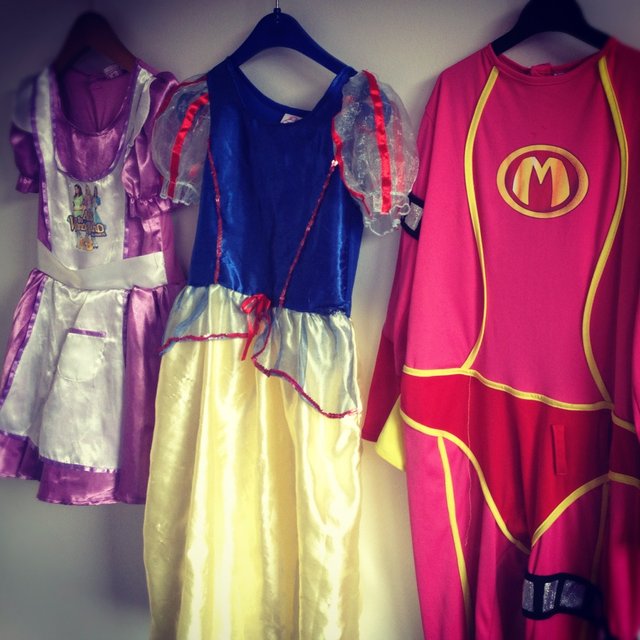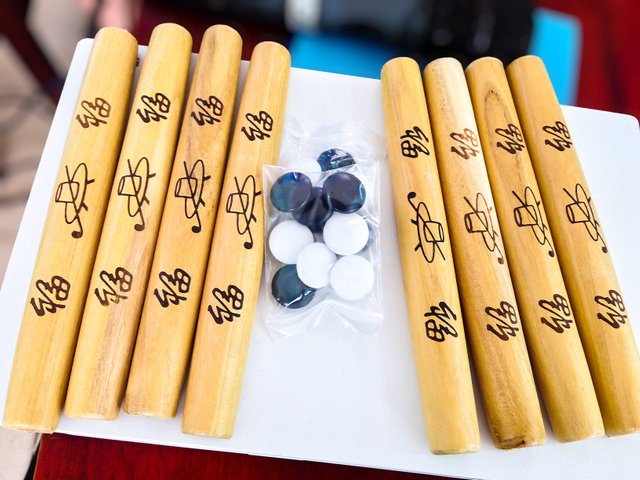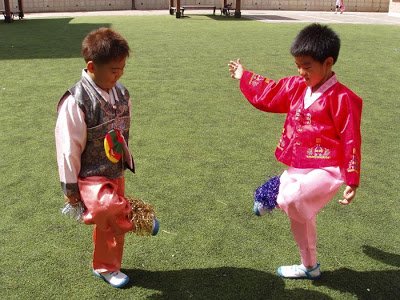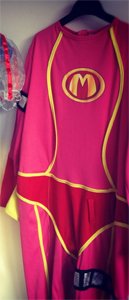Lunar New year (Seollal – 설날)
This holiday is one of the most important in Korea. Seollal (설날 – write Seol Nal and read Seol Lal) is the Lunar New Year in Korea and after the lunar calendar, Seollal marks the new moon of the year, because the calendar is based on movements of the moon. “Seol” means “beginning”, and “nal” means “day”, so in translation it means “the First day”.
Lunar New year is celebrated each year between 21 January and 19 February, the period in which occurs the first month of the new. This year, the new moon appeared on February 7, so the koreans celebrated Seollal between 7 and 10 February, ie the day before the holiday, the day is Seollal and the day after Seollal, the celebration durand every time three days. It is assumed that the Korean people began to celebrate Seollal as to manifest respect for the ancestors, and they ward off evil spirits and bad luck, and so the koreans will have good luck and happiness throughout the year.
This holiday is an official one and on this occasion every Korean is heading to the city or village or hometown, because Seollal is celebrated in the family, and the most important is the fact that the young members of the family must manifest respect of the member or members of the older family. After he gathered his family, is holding a series of ceremonies, and koreans wearing “hanbok” (한복), the traditional attire of korea.
Rituals/Ceremonies
The first thing that is done in the morning of Seollal is hanging up in the house of a special sites, “bokjori” (복조리). On the night of Seollal will appear some ghosts, “yakwangkwi” (야광귀 - ghosts bright in the night), and these ghosts are “eaters” of slippers, which means that if you find the shoes or slippers that suit them, take them. If a ghost you take the shoes, it means that you will have bad luck throughout the year, and thus the koreans hide their good shoes on the night of Seollal. It is assumed that the settlement of the grid in the home will capture the attention of the ghosts, and they will be tempted to count how many holes has sita and not to worry about shoes. Also, if koreans hear the song magpie in the morning, it means that they will have good luck in the new year, but if I hear a crow, will be out of luck.
Another ceremony called “charye” (차례), I mean the ceremony of offering tea. The eldest son is the one holding this ceremony and also bows in front of the older member of the family. What follows is the burning tamaii and another bow from the son of the older. The role of the smoke and of the bowing is to invite the spirits of the ancestors to participate in the ceremony. At the same time, they offer the spirits of the ancestors food and drink, after which the family members expect the spirits to finish and then to consume and her preparations specific to this holidays with your loved ones. On the other hand, is a ritual traditionally called “sebae” (세배). After consuming the goodies, spending time with the family and keep the ritual “sebae”. The ritual consists in bowing deep ceremonioase that children do the older and wishes them long life, good health and a happy New Year “Sae-hae bok mani badîseyo” (새해 복 많이 받으세요). Then the children receive a small gift which consist in pocket money. This gift is called “sebaedon” (세뱃돈), I mean “New Year money”.
Those listed are part of the first stage of the ceremony, the stage that takes place at home. The second step consists in visiting the tombs of ancestors, where family members bows and offers the drink to the spirits. Because of these ceremonies, the spirits will be happy, so they will bless the family and this will enjoy a new year full of joy, health, luck and happiness.
Of Seollal is cook and consume many goodies as “ddeokguk” (떡국 – soup of rice cake), ”“ddeok manduguk” (떡만두국 – soup with dumplings stuffed), “japchae” (잡채 – noodles of sweet potato with vegetables and meat), various fruits (usually apples, pears, dates), various “jeon” (전 - pies/pancakes cooked with vegetables), “bulgogi galbi” (불고기 갈비 – beef marinade prepared on the grill), sweets like “hangwa” (한과 – cookie Korean traditional), “yaksik” (약식 – prepared sweet sticky rice) and drinks like “sikhye” (식혜 – sweet drink made from rice) and “sujeongkwa” (sweet drink with the taste of cinnamon). Of course, the preparations that end up on the table, varies from one region to another.
But, the dish that is never missing on the table on the occasion of this celebration is “ddeokguk”. The preparation is special, each and every Korean need to consume “ddeokguk” Seollal as it represents the New Year, the piety branch, but also dignity. Also, after the Korean consume “ddeokguk”, it is considered that it becomes a year older.
Activities
Since the purpose of this holiday is for the family to spend time together, besides a good meal in family, family members will take part in the different activities. One of these is called “yutnori” (윷놀이). This is a game of society, but instead of dice they use four sticks. More about this game you can watch in the video below:
Another popular game is “jegichagi” (제기차기). For this game is in need of a “ - blades”, and it looks like a butterfly badminton and is very colorful. “- Blades” is struck with foot and the aim of the game is for it to remain in the air as much as possible. Who you “ - blades” in the air the longest, is the winner.
At the same time, children high kites (연날리기) on which are written messages, hoping that thus can transmit messages to the gods. On the other hand, adults play “Go stop” (고스톱), a game of cards. More about this game you can find out in the video below:
In conclusion, Seollal is a holiday which requires a lot of preparation, but the advantage is that the family gather and the koreans who by the way are people extremely busy, not only spend precious time together, but participate in ceremonies and activities specific, but interesting.




This post has been ranked within the top 50 most undervalued posts in the first half of Dec 20. We estimate that this post is undervalued by $7.35 as compared to a scenario in which every voter had an equal say.
See the full rankings and details in The Daily Tribune: Dec 20 - Part I. You can also read about some of our methodology, data analysis and technical details in our initial post.
If you are the author and would prefer not to receive these comments, simply reply "Stop" to this comment.
who don't like this dress for the Lunar holiday @adelja !!

It looks like a professional writing :) Enjoyed!
Thank you
일단 태그에 kr 들어가 있으면 추천.